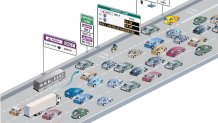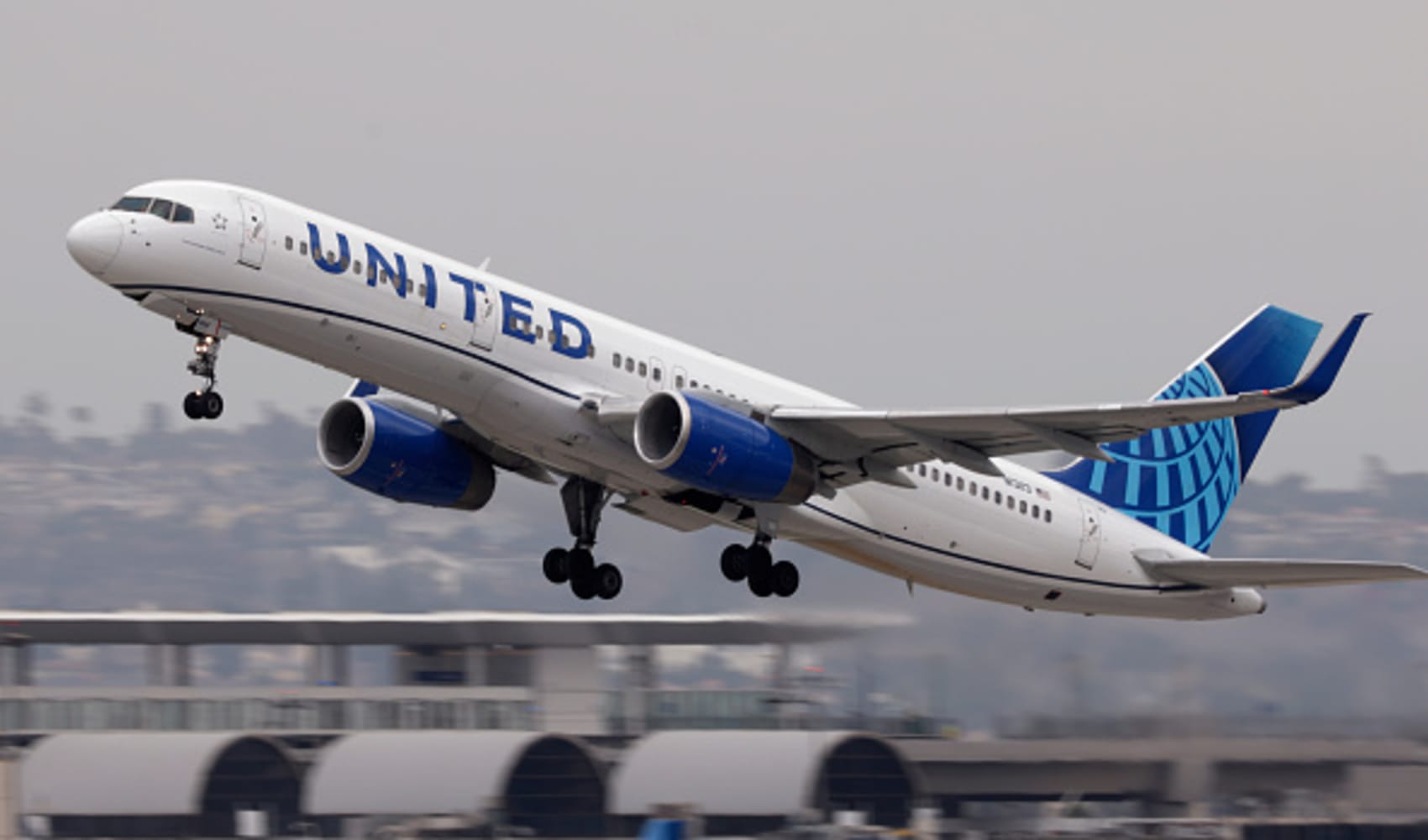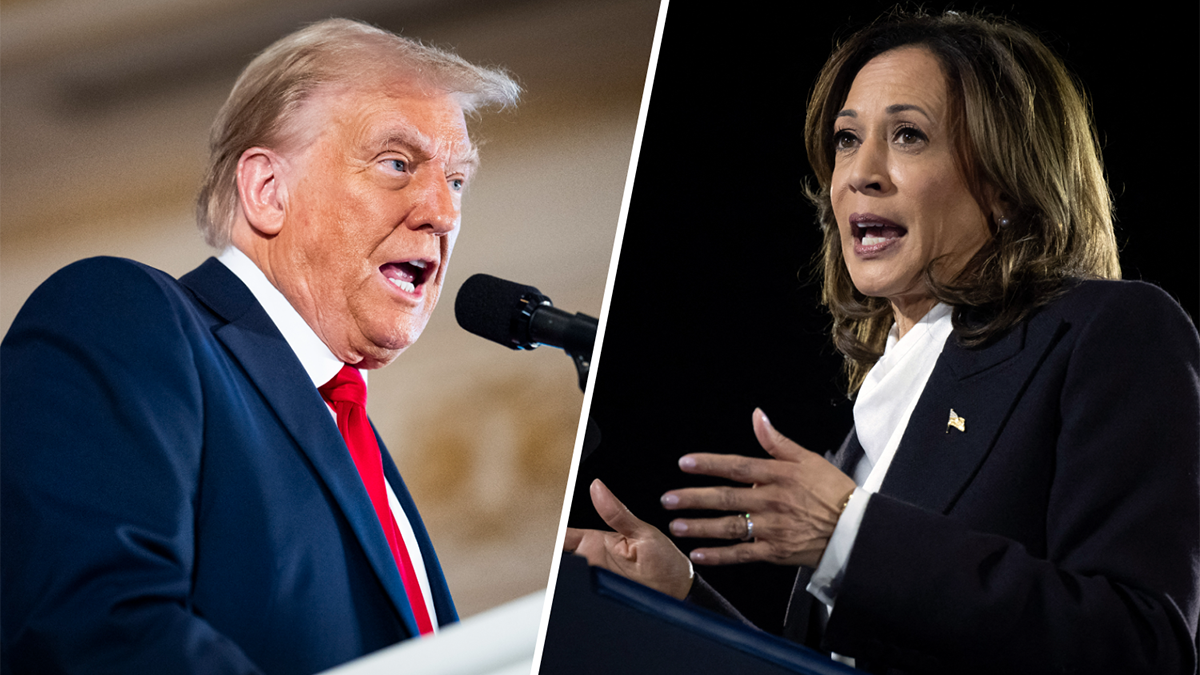Over the past 14 years, more than 300 miles of express lanes have been introduced or are under construction on Bay Area freeways, providing solo drivers with the option to bypass rush-hour gridlock for a fee and carpoolers at a discount or for free.
Express lanes were designed to relieve congestion and provide reliable travel times to get to that important meeting, catch a flight or pick-up your kids from daycare on time. But with the increasing use of these toll lanes, the question arises: how much revenue are they generating, and where is it going?
According to a recent report from the Bay Area Infrastructure Financing Authority, toll lanes across the region generated over $123 million in revenue last year. The largest amount, $50 million came from Interstate 880 express lanes and more than $22 million (first three quarters of FY 2024) from the Highway 101 corridor in San Mateo County. The different agencies that operate these express lanes say they’re generating more revenue than they originally projected.

On an express lane ride-along with John Goodwin from the Metropolitan Transportation Commission, which operates 880 and 680 express lanes, Goodwin explained the toll lanes are also operating as expected. “That's exactly the way it should be working. We are moving clearly 15, 20 miles an hour faster than the adjacent mixed flow lanes” he said. Federal standards say that cars in carpool and express lanes should move at speeds of at least 45 mph.
The minimum toll is 50 cents per trip, with no maximum cost, varying depending on traffic conditions. Our Investigative Unit spotted toll rates that ranged from less than a dollar to $19 per trip.
Local
According to the agencies that operate them, the revenue from these express lanes primarily funds operations, road maintenance, enforcement, and debt payments. In San Mateo County, a portion of the revenue from the 101 Express Lanes is used to support lower-income residents, including providing free toll lane trips or public transportation rides for those earning $80,000 a year or less.
MTC also offers half price travel for lower income drivers through their Express Lanes START program.
Get a weekly recap of the latest San Francisco Bay Area housing news. Sign up for NBC Bay Area’s Housing Deconstructed newsletter.

Emily Beach of the San Mateo County Transit District said most express lane riders are paying the lower rates to avoid traffic. “Two-thirds of the folks that are using the express lanes are generally paying under $3 for a toll. It's only about 7% of our riders that are paying more than $12, and those must be emergency situations or unusual circumstances”, Beach said.
Another portion of the revenue is used to cover CHP’s enhanced enforcement of express lanes. California Highway Patrol officers are tasked with monitoring lane usage and ensuring compliance, which includes verifying the number of passengers declared by drivers. Sergeant Andrew Barclay of the CHP Golden Gate Division explains, “We observe how many people are actually in the vehicle versus how many are declared.”
Despite testing of advanced detection technology and cameras, enforcement remains a manual process. This includes spotting and issuing citations to violators who attempt to avoid tolls by crossing double lines. Express lane citations can cost anywhere between $200 to $500, depending on the county and type of violation.
According to BAIFA’s latest 880 express lanes performance report, CHP made 2,597 enforcement contacts at a cost of $124 per contact between January and March of 2024—totaling an estimated cost of $322,000 per quarter.
Beach says San Mateo County is using some of their residual funds to build up reserves and pay off loans that were required to build the express lanes. “It's like a mortgage on your house. You got to pay the things that are important. But we've prioritized that equity program first and foremost”, Beach said.
But despite the benefits, the express lanes are not without controversy. Some drivers view the tolls as an unfair additional expense. Esther Espino, a local driver, argues, “Why do I have to pay for what’s always been free?” Similarly, Dan Gordon expresses frustration, stating, “I’ve already paid for the road with my taxes. I don’t want to pay again.”
While some drivers, like Reyna Barrios, are willing to pay for the convenience, saying, “It can add up, but I don’t mind the charges,” Espino is less enthusiastic about the concept of building more express lanes. “I don’t care about them building more express lanes. I care about them fixing the potholes and maintaining the streets.”



